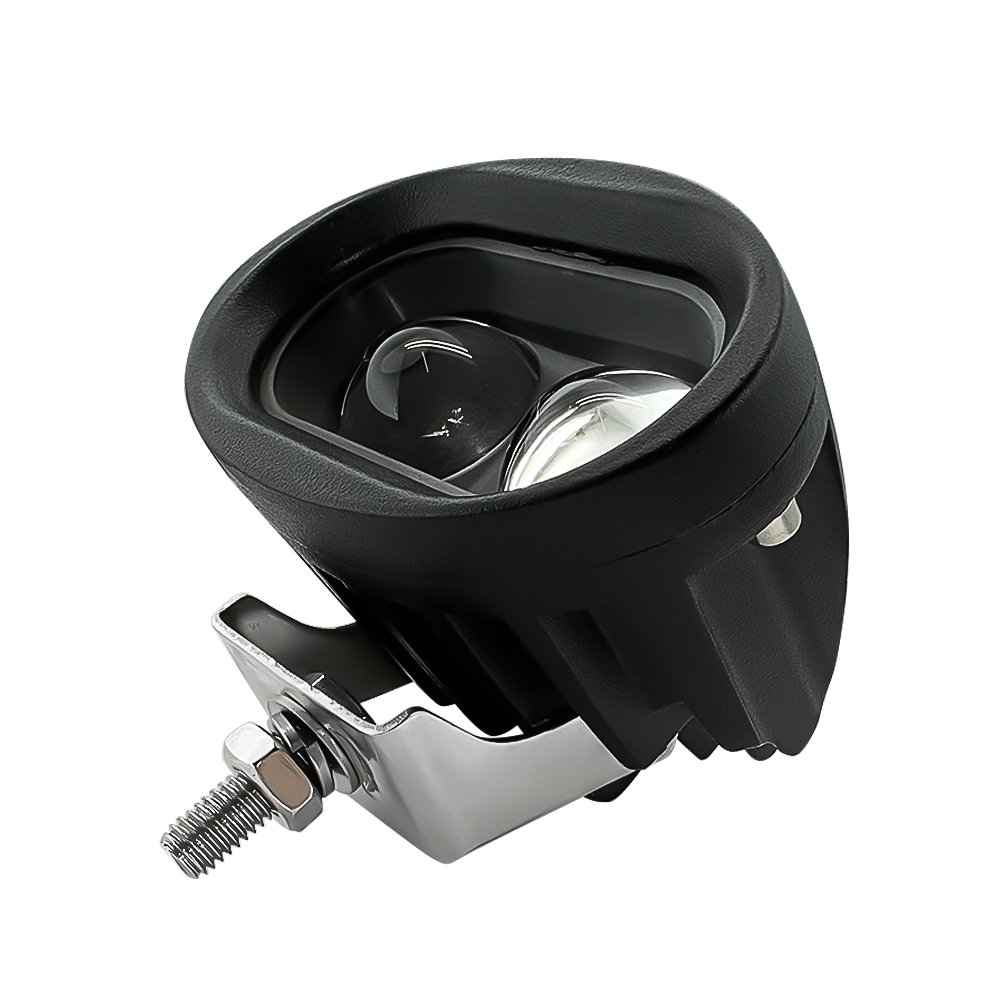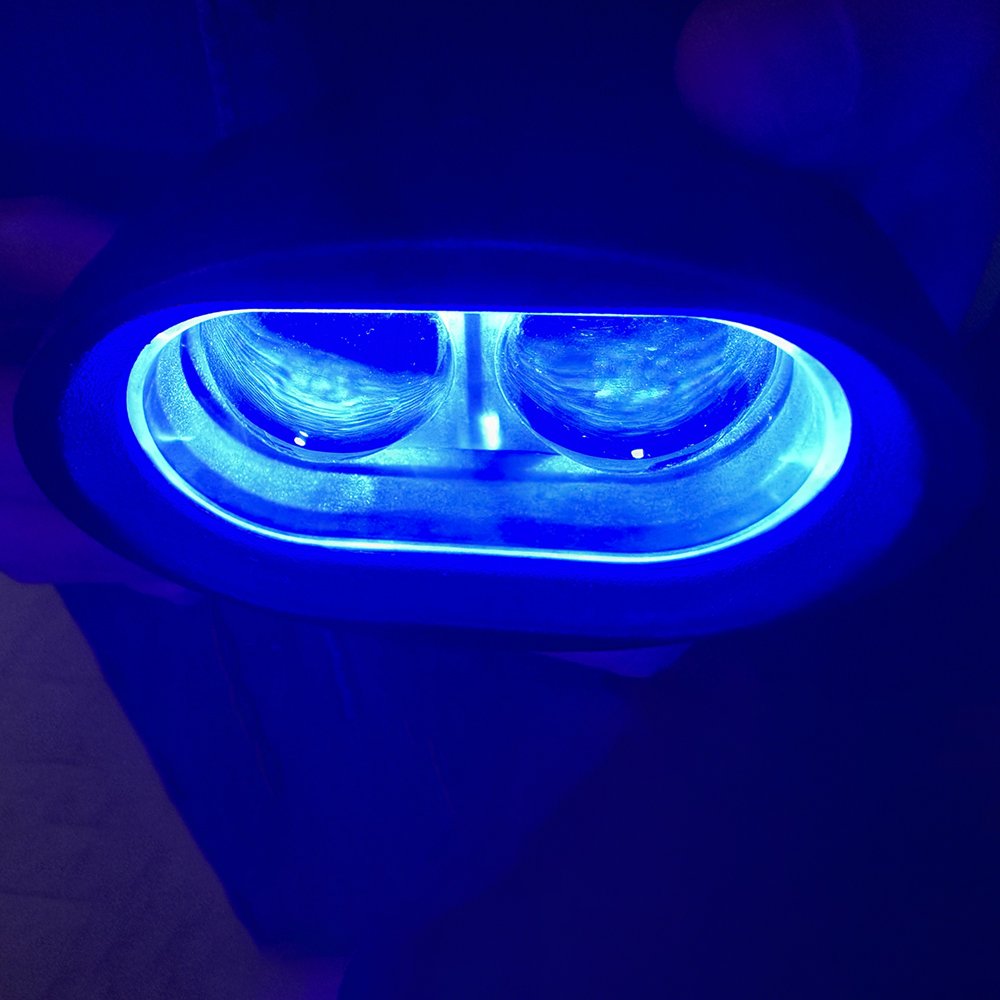Introduction
Warning lights are a critical component of emergency vehicles, providing visibility and safety on the road. Among the various types of warning lights, blue and red LEDs (Light Emitting Diodes) are commonly used. In this article, we will delve into the science behind blue and red LEDs in warning lights, explaining how their different wavelengths affect visibility and why they are chosen for this essential purpose.
Understanding Light Wavelengths
Before we dive into the specifics of blue and red LEDs, it’s essential to understand the concept of light wavelengths. Light, including the visible spectrum, consists of different colors, each corresponding to a specific wavelength. The visible spectrum ranges from shorter wavelengths (violet and blue) to longer wavelengths (green, yellow, orange, and red).

Why Blue and Red?
Blue and red LEDs are preferred for warning lights due to their distinct characteristics:
Blue LEDs
Blue light has a shorter wavelength, which means it scatters less in the atmosphere. This scattering property allows blue light to cut through fog, rain, and dust more effectively than longer-wavelength colors. This enhanced visibility is crucial for emergency vehicles navigating challenging weather conditions.
Red LEDs
Red light has a longer wavelength on the other end of the spectrum. Red LEDs are known for their ability to penetrate smoke and haze better than shorter-wavelength colors. This makes red LEDs ideal for warning lights in situations where visibility may be compromised, such as fire scenes.

The Role of LED Technology
Now that we understand why blue and red wavelengths are chosen, let’s explore why LEDs are the technology of choice for warning lights.
Energy Efficiency
LEDs are highly energy-efficient, consuming significantly less power than traditional incandescent or halogen bulbs. In emergencies, where vehicles need to operate lights for extended periods, energy efficiency is paramount.
Durability and Longevity
Blue and red LEDs are exceptionally durable and have a longer lifespan compared to traditional bulbs. They can withstand vibrations, shocks, and extreme temperatures, ensuring reliability in the most demanding environments.
Instant On
LEDs provide instant illumination when activated, eliminating any delay in warning light response. This quick response time can make a critical difference in emergency situations.

Color Customization
Another advantage of LEDs is their ability to emit pure and vibrant colors. This allows for precise customization of warning lights to meet specific requirements. The ability to control the color output ensures that the warning lights are easily distinguishable and comply with legal regulations.
The Bottom Line
In a nutshell, the science behind blue and red LEDs in warning lights is based on the unique characteristics of their wavelengths and the benefits of LED technology. Blue LEDs offer excellent visibility in adverse weather conditions, while red LEDs penetrate smoke and haze effectively. LED technology provides energy efficiency, durability, instant response, and color customization, making them the ideal choice for emergency vehicle warning lights. By delving into the technology behind these LEDs, we can better appreciate how significantly they contribute to improving traffic and emergency scene safety.
Contact us at 360 Autotek Led Lighting Company to get your desired Automotive lights.
